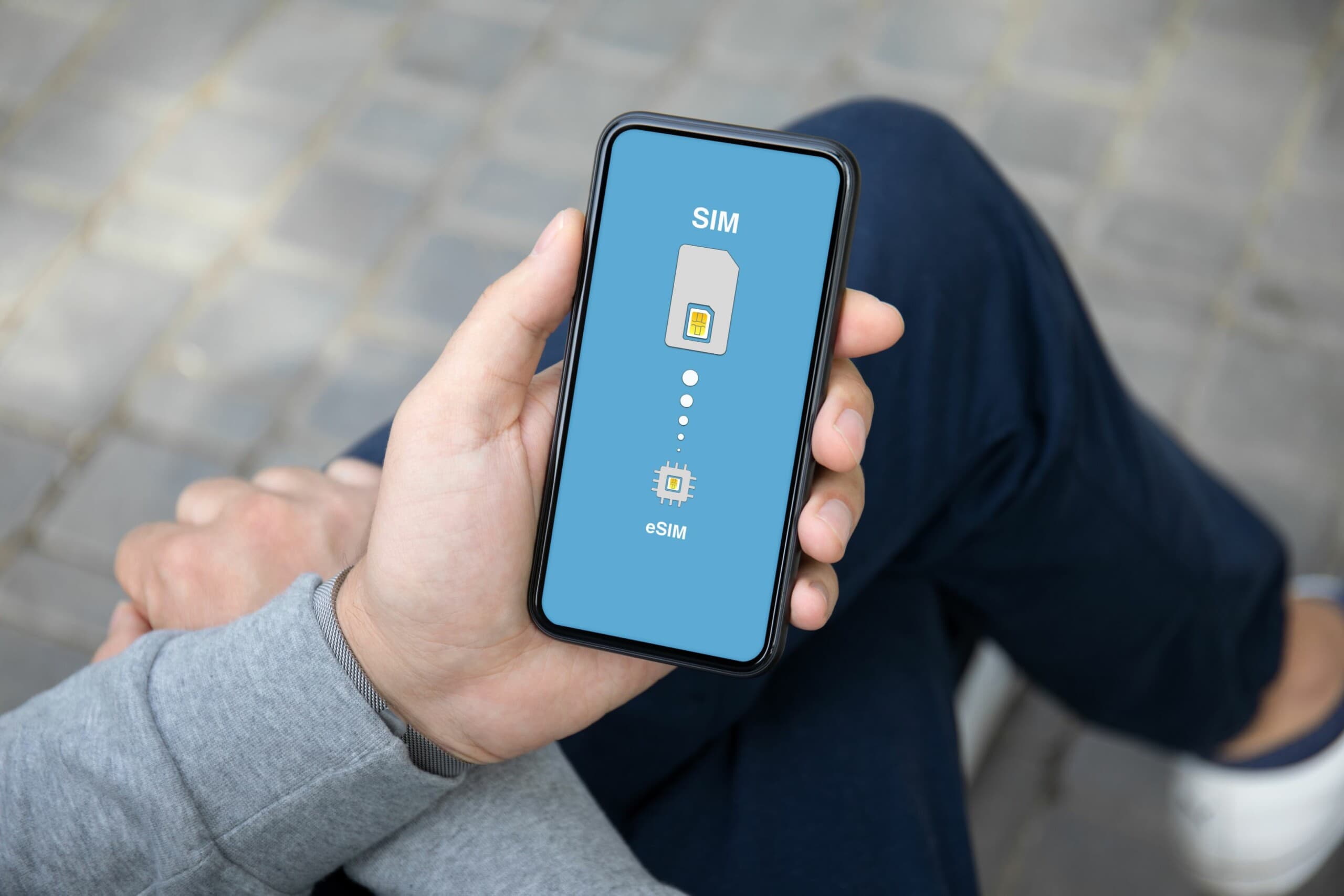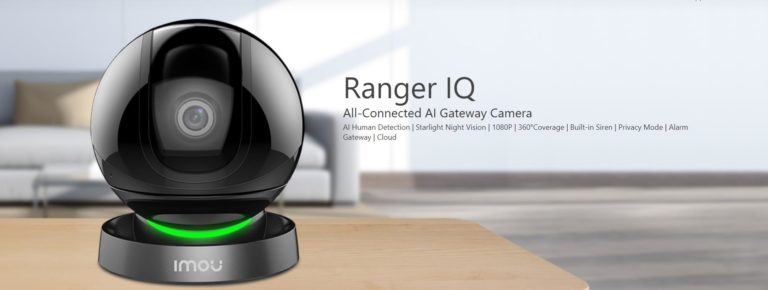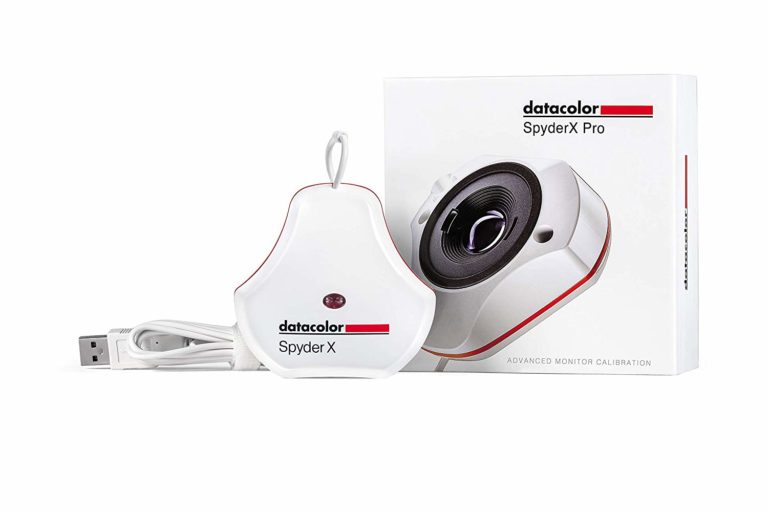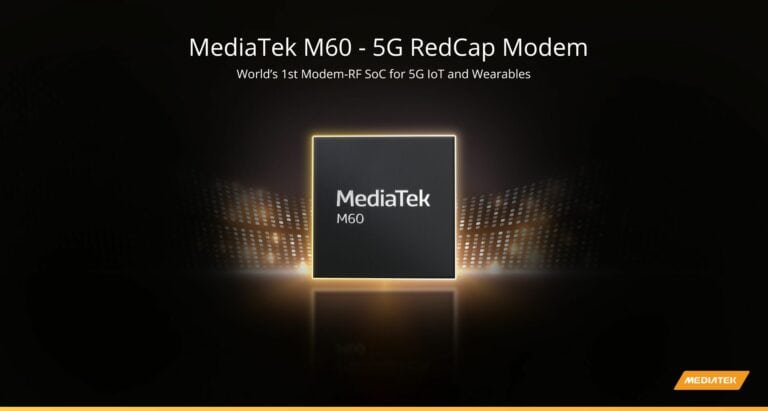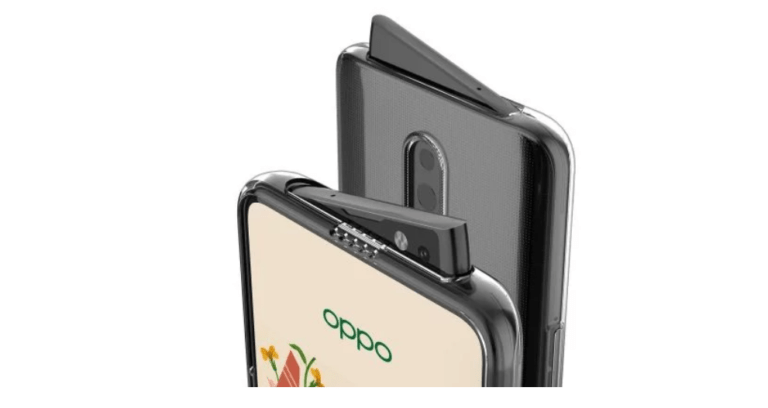Any links to online stores should be assumed to be affiliates. The company or PR agency provides all or most review samples. They have no control over my content, and I provide my honest opinion.
eSIMs, or embedded SIMs, have been around for a while. They are essentially the only means of tethering your LTE smartwatch to a mobile network. Today, however, most Android phones and all new iPhones include an integrated SIM card in addition to the standard SIM card slot or slots. We might soon be able to do away with these bothersome plastic cards altogether, thanks to the capabilities Android 12 and the yet-to-be-released Android 13 are bringing to make eSIMs even more practical and standardised.
Many of us have probably considered switching to eSIM, but for most, there are currently a lot of obstacles in the way. Not everything has improved with eSIMs, and regrettably, most of the problems we’re presently having can be attributed to carriers making procedures needlessly tricky.
Over complicated and protracted profile swapping
Let’s first examine the procedure for switching to a new phone while contrasting eSIM and traditional SIM cards. The process with regular SIM cards is simple, even if it is a little tricky, so if you’re not a phone fanatic or reviewer who changes phones frequently each year, you probably only encounter this every other year. Take your physical SIM card from your phone using the SIM ejector tool, then insert it into your new device. Most current phones handle the rest automatically, joining you to the proper network in minutes, if not seconds.
Theoretically, using an eSIM makes switching to a new phone much more straightforward. An agreement with an eSIM provider should provide you with a physical or digital QR code you can scan with your new phone that contains all the information you need to set up the embedded SIM card in your new phone. Given that a new phone is now using your old phone’s login information in its place, your old phone should then be immediately disconnected from the network.
Limited compatibility and added cost
The additional cost of eSIMs is another issue. Most carriers charge extra for moving from a plastic SIM card to an embedded SIM, leaving many other consumers with higher prices. Most carriers only provide free eSIMs on more expensive plans. Even some businesses charge extra for each transfer.
The cost of eSIMs and the procedure of switching phones are both opaque, and the situation is made worse by the limited compatibility of embedded SIMs. Carriers presently only support a few devices, even though many contemporary Android phones now include inbuilt SIM cards. While supporting the most recent iPhone models, some carriers specify that it only provides support for Pixel phones and Samsung flagship phones from the previous two years. The list may differ slightly between carriers, although at the moment, only a small number of devices are supported by the major carriers.
Except for devices that allow them for connectivity, switching entirely to eSIMs at this time is seldom practical. It is ridiculously challenging to transfer between devices with many carriers worldwide, whether because of complicated setup procedures or unjustified additional fees.
So why so complicated?
Traditional carriers have significant incentives to make switching SIM cards more challenging, as you may have already suspected. They are more concerned that you are delaying switching to your new phone than the complicated process itself. It has to do with the possibility of switching carriers instantly thanks to eSIMs.
Using an eSIM makes connecting your phone to a network exceedingly simple and eliminates the inconvenience of having to visit a store or wait for your physical SIM card to be delivered to your door. You may browse through all the deals, like the ones found at casino bonus sites, choose the one you like the best, register a new account, and import the necessary data to your embedded SIM if a long-term contract does not bind you.
While carriers might exploit this to more easily attract new consumers, they are probably more worried about doing so and potentially losing those customers, forcing them to decrease their rates in a market that is becoming more and more competitive. Given that all major US carriers now support eSIM but do not actively promote it, it is likely that carriers are the ones purposefully slowing down eSIM adoption.
Even more modest rivals have yet to grasp eSIM’s potential completely. For instance, Google Fi and Visible offer simple ways to get started with eSIM, with Visible advertising it much more openly, but the range of available devices is even more constrained than it is for certain major carriers.
Carriers frequently list security as another justification. It’s challenging for con artists to gain access to your cellular service for malicious purposes because you need to possess a SIM card to use it physically. A hacker might take control of your phone number without your knowledge, use it to get two-factor authentication (2FA) SMS codes, and access an otherwise protected account. The tracking of eSIM hijacks is more complicated than conventional SIM card hijacks. As long as banks, financial organisations, and other crucial services continue to rely on 2FA SMS rather than more secure alternatives, there is a valid security trade-off with eSIMs.
In Summary, there is hope for the future.
Even though I’ve characterised the procedure for switching a physical SIM to a different device as being straightforward compared to what you now have to go through on some carriers when you wish to move your eSIM profile, it isn’t exactly ideal. People with poor vision or limited movement would almost certainly need to ask someone else for help because physical SIM cards are now tiny.
Due to their fragility and propensity for breaking due to their size, SIM cards and SIM card trays are another areas where manufacturers fall short when it comes to waterproofing. Additionally, actual SIM cards occupy space in your phone that the manufacturer could use to create larger batteries or bring back the headphone port (hah, as if). To save even more space and electricity, Qualcomm has created a more sophisticated format dubbed iSIM, which integrates an eSIM directly into the phone’s cellular module.
There are many benefits to using eSIMs that customers and manufacturers would gain from their widespread adoption. Unfortunately, carriers dominate the market because they prefer to maintain their clients rather than lose them. Security is another constraint as long as significant businesses continue to use SMS two-factor authentication.
I am James, a UK-based tech enthusiast and the Editor and Owner of Mighty Gadget, which I’ve proudly run since 2007. Passionate about all things technology, my expertise spans from computers and networking to mobile, wearables, and smart home devices.
As a fitness fanatic who loves running and cycling, I also have a keen interest in fitness-related technology, and I take every opportunity to cover this niche on my blog. My diverse interests allow me to bring a unique perspective to tech blogging, merging lifestyle, fitness, and the latest tech trends.
In my academic pursuits, I earned a BSc in Information Systems Design from UCLAN, before advancing my learning with a Master’s Degree in Computing. This advanced study also included Cisco CCNA accreditation, further demonstrating my commitment to understanding and staying ahead of the technology curve.
I’m proud to share that Vuelio has consistently ranked Mighty Gadget as one of the top technology blogs in the UK. With my dedication to technology and drive to share my insights, I aim to continue providing my readers with engaging and informative content.

